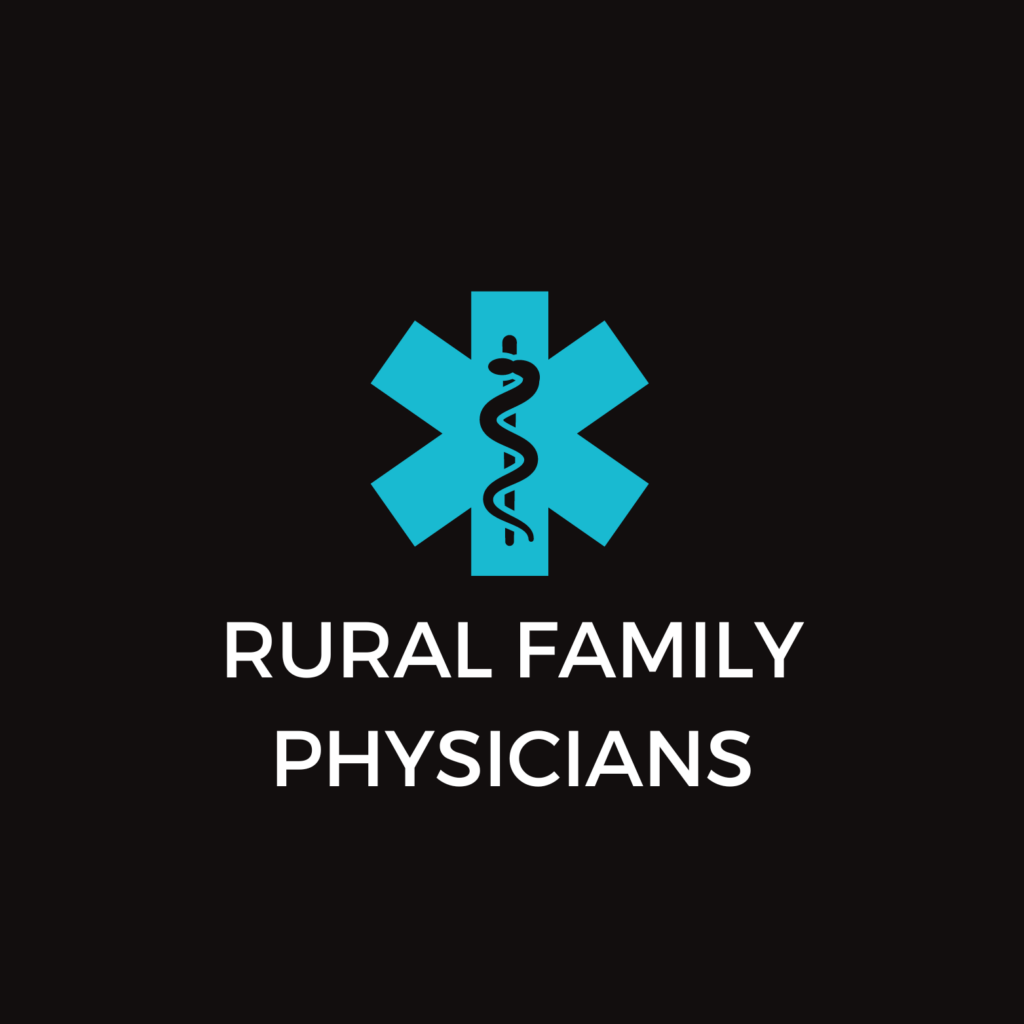CEO Update: Have you had your oral health check-up?
 This time of year I start thinking about all the things that I still need to accomplish before the end of the year and my oral health check-up always occurs during the fall. Dentists are great at scheduling your next cleaning before you leave the office, that way you won’t forget. In many of our rural areas, we have dental deserts. But that doesn’t mean that you can’t receive an assessment or a check-up.
This time of year I start thinking about all the things that I still need to accomplish before the end of the year and my oral health check-up always occurs during the fall. Dentists are great at scheduling your next cleaning before you leave the office, that way you won’t forget. In many of our rural areas, we have dental deserts. But that doesn’t mean that you can’t receive an assessment or a check-up.
The need is great when it comes to oral health. In fact, the Centers for Disease Control and Prevention say that tooth decay is the most common chronic disease in children. In Colorado, kids miss about 7.8 million school hours every year because of mouth pain according to Oral Health Colorado. The number of emergency department visits for dental conditions in the US continues to rise. In 2012, Emergency Room dental visits cost the US health care system $1.6 billion and approximately 80% of those dental related visits were preventable, according to the American Dental Association.
In 2016, CRHC partnered with DentaQuest Institute to pilot a program called MORE Care, which aims to address health disparities through the integration of oral health into primary care practice, specifically with Rural Health Clinics, and to build dependable oral health care networks between medical and dental providers for better coordinated care for the whole person. CRHC partners with Cavity Free at Three, a program funded through CDPHE, to improve the oral health of all Colorado children. Cavity Free at Three trains medical and dental professionals to provide preventive oral health services for young children and pregnant women to decrease dental disease and reduce oral health disparities among high risk populations at no-charge. CRHC also utilizes the Smiles for Life Educational Modules, which provides curriculum covering core areas of oral health relevant to health professionals.
Currently, six RHCs are involved in the MORE Care program and have all completed the Cavity Free at Three training and Smiles for Life education. All of the RHCs are engaged in the quality journey, spending time planning, bringing goals and systems into alignment and understanding quality needs and making change based on those needs. Two of the RHCs have already expanded the program beyond children aged 0 -19 to include adults with diabetes. Some of the barriers that exist are that dentists and RHCs have provider time constraints, and it takes a lot of effort to provide care coordination and consistent communication. Also, the electronic medical record doesn’t produce the reports needed. The solutions that are being worked on through local and national advisory committees are to develop policy change and payment reform, continue with integration of oral health assessments, develop measurement through systems and process change, and care coordination. One of the key ways RHCs can sustain this work is to incorporate it into CRHC’s iCARE (Improving Communication and Readmissions) program. The iCARE program aims to better the patient experience by streamlining communication between care settings and improving clinical processes, leading to a reduction in avoidable hospital readmissions, which is perfect alignment with the MORE Care program.
Colorado’s 52 RHCs serve approximately 194,400 unique patients per year with 630,560 annual visits in 47 rural or frontier counties and are providing innovative solutions to help people get needed and necessary oral health assessments and services. To learn more about or get engaged in the MORE Care program or iCARE program visit CRHC’s website at www.coruralhealth.org



